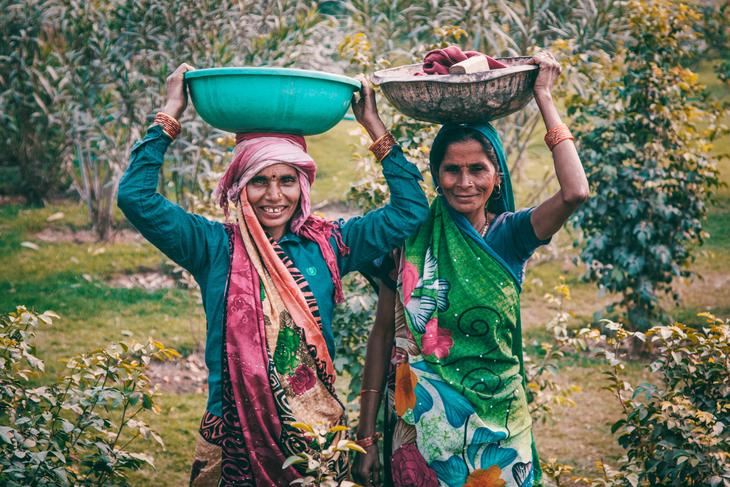
2017 – 2019: An inventory of Farmers’ Rights
During this biennium, an Inventory of National Measures, Practices and Lessons Learned from the Implementation of Farmers’ Rights was developed by the Ad Hoc Technical Expert Group on Farmers’ Rights that had been established at the Seven Session of the Governing Body in 2017.
At its Seventh Session in 2017, the Governing Body of the International Treaty on Plant Genetic Resources for Food and Agriculture (ITPGRFA) established the Ad hoc Technical Expert Group on Farmers’ Rights (Expert Group) (see resolution on Farmers’ Rights 7/2017) with the mandate to produce an Inventory of national measures that may be adopted, best practices and lessons learned from the realization of Farmers’ Rights, as set out in Article 9 of the International Treaty.
The main aim of the Inventory was to present the range of measures and practices for the realization of Farmers’ Rights, to share, among Contracting Parties and interested stakeholders, experiences gained, and lessons learned from the realization of Farmers’ Rights. The Expert Group provided guidance to develop a simple and concise Inventory that could be user-friendly and allow for further information to be included in the future. The Inventory was from the start thus conceived as a ‘rolling document’.
In developing the Inventory, the Secretary invited Contracting Parties and relevant stakeholders to submit their views, best practices and lessons learned from the realization of Farmers’ Rights, as set out in Article 9 of the International Treaty, using a template for collecting information agreed to by the Expert Group. The Inventory was thus based on the submissions received and reflected the range of measures and practices that were provided by Contracting Parties and relevant stakeholders for the realization of Farmers’ Rights.
The Expert Group agreed that the Inventory would only include measures and practices ‘that had been or were in the process of being implemented’ and that would contain certain mandatory information. The agreed structure of the Inventory included a set of eleven categories established by the Expert Group to gather the proposed measures and to make the Inventory more manageable. The eleven categories developed were:
- Recognition of local and indigenous communities’, farmers’ contributions to conservation and sustainable use of PGRFA, such as awards and recognition of custodian/guardian farmers.
- Financial contributions to support farmers conservation and sustainable use of PGRFA such as contributions to benefit-sharing funds.
- Approaches to encourage income-generating activities to support farmers’ conservation and sustainable use of PGRFA.
- Catalogues, registries and other forms of documentation of PGRFA and protection of traditional knowledge.
- In-situ/on farm conservation and management of PGRFA, such as social and cultural measures, community biodiversity management and conservation sites.
- Facilitation of farmers’ access to a diversity of PGRFA through community seed banks8, seed networks and other measures improving farmers’ choices of a wider diversity of PGRFA.
- Participatory approaches to research on PGRFA, including characterization and evaluation, participatory plant breeding and variety selection.
- Farmers’ participation in decision-making at local, national and sub-regional, regional and international levels.
- Training, capacity development and public awareness creation.
- Legal measures for the implementation of Farmers’ Rights, such as legislative measures related to PGRFA.
- Other measures / practices
The Inventory of National Measures and Practices, and Lessons Learned on the Implementation of Farmers’ Rights, as set out in Article 9 of the International Treaty was presented at the Eight Session of the Plant Treaty’s Governing Body in Italy in November 2019.
Cases of implementation of Farmers’ Rights continue to increase and can be found in the Inventory compiled by the Plant Treaty Secretariat.
Sources: